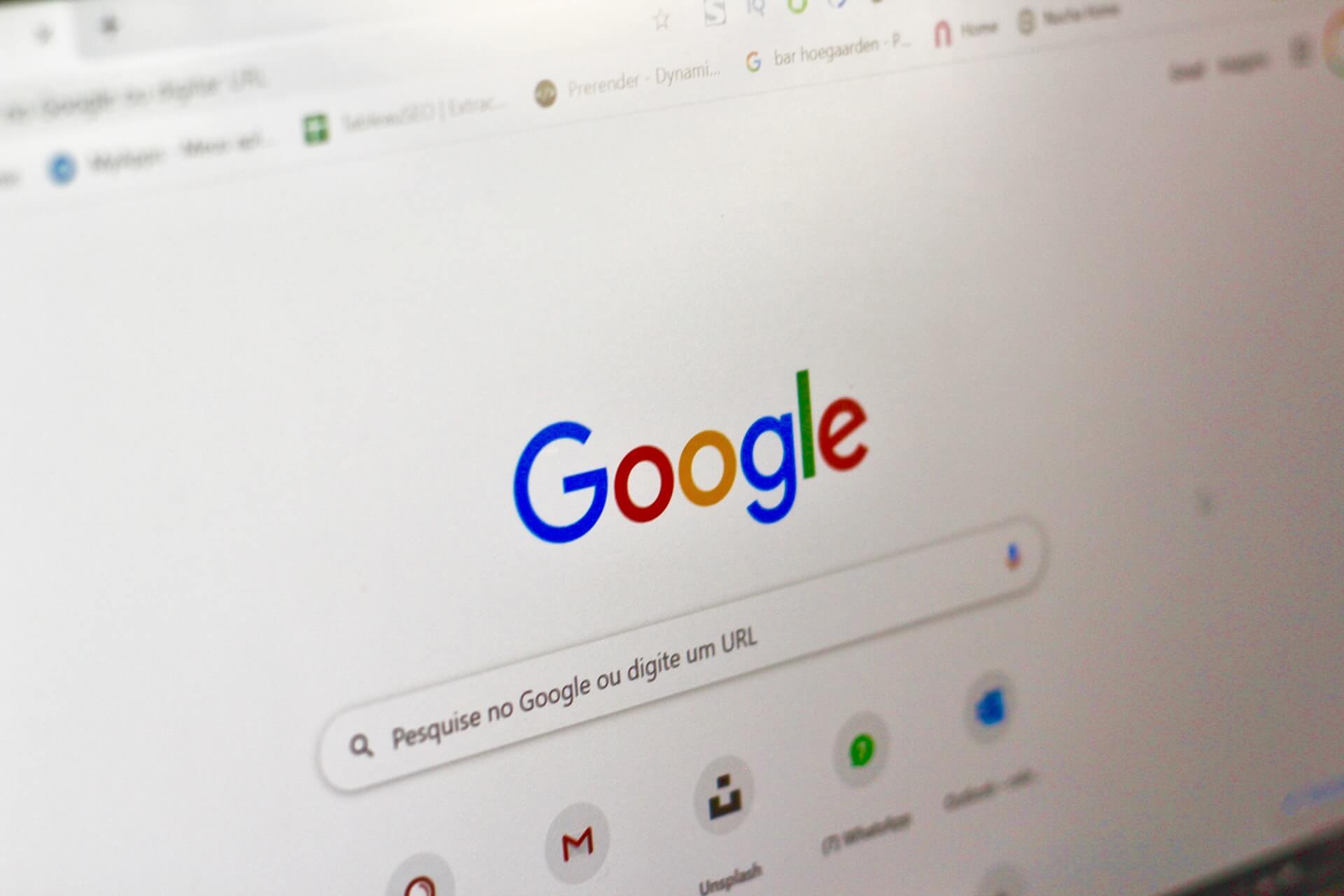Table of Contents
In a recent webinar on practical rendering SEO, Martin Splitt (a search developer advocate for Google), explained how the different parts of a web page get analysed and weighted against each other. In the webinar, he delved into a concept called Centerpiece Annotation and examined how the search engine separates boilerplate content (similar or same content found on many other pages on the website) and then analyzes the rest of the copy to evaluate what the page is about.
Martin claimed that they can understand that the main subject of a page is on A and that the rest of the content on that page may not be part of the primary topic. As a result, Google will rate or weight content differently based on their relevance to the primary topic.
In this article, we’ll discuss how the Google crawler works and the importance of centerpiece annotation.
How Does Google Work?
Before we delve deeper into complex topics discussed by Martin Splitt in the webinar, let’s first understand or review the basics of how Google Search works.
As many search engine optimisation providers know, Google is a search engine that’s fully-automated and uses Internet bots known as web crawlers. These web crawlers regularly explore the world wide web to find sites to add to Google’s index. In fact, the vast majority of websites listed in the results pages of Google aren’t manually submitted for inclusion. Instead, they’re found and automatically added by Google’s web crawlers.
Google Search essentially works in three stages:
- Crawling: Google searches across the web using automated programs called web crawlers that look for new or updated pages. Google then stores those page URLs or addresses in a huge list to go through later. Google finds pages using different methods, but the primary method is following links from web pages that they’re already familiar with.
- Indexing: Google visits the web pages that it has discovered through crawling, and then attempts to analyse the content of each page. Google analyses the copy, images, and videos in the page to understand what it’s about. The search engine then stores the information it finds in the Google index, which is a huge database stored on multiple computers.
- Serving search results: When users search on Google, the search engine tries to determine the results with the highest quality. The “best” results have various factors, including things such as language, user’s location, previous queries, and device used (mobile or desktop). For instance, a user In Australia that searches for “vegan ice cream shop” would receive different results compared to a user in New Zealand. Take note that Google doesn’t accept payments to rank pages in higher positions. All rankings are done algorithmically.
What is the Centerpiece Annotation?
Now that we’ve discussed how Google works and the intricacies of the Google crawler, let’s define centerpiece annotation, which was one of the topics discussed by Martin Splitt.
Centerpiece annotation is a term used in Google to define the main content of a website or a web page. In other words, Google has annotations for content to determine an article’s centerpiece. The search engine uses Natural Language Processing to evaluate if the sections of an article or web page are relevant to the site’s main theme or to the centerpiece. The Centerpiece annotation then signals to Google the most vital or essential information on the page and identifies it from the boilerplate.
Martin Splitt said that with Centerpiece annotation, Google looks at the semantic content of a page as well as its layout tree. The Layout Tree is also crucial as it helps Google understand a website’s Document Object Model. The Document Object Model helps Google determine several things, such as which page elements are visible and invisible to users. It also helps Google determine the size of the elements on each section, the basic logical structure of a page, and whether an element is hidden behind other elements.
But fundamentally, Google assesses and then determines what looks like boilerplate and then weighs it. So, if you happen to have content on your article or web page that’s not relevant to the primary topic or the rest of your content, Google may not consider it as much as you think. So boilerplate content like standard footer text and menus used across multiple pages, etc., and links to related blog posts or products, gets weighted lightly and they typically won’t impact rankings. But Google will still use the information on your page to discover links and figure out the overall structure of your website. So, basically, if you have a page with 1,000 words talking about dental care and then only 200 words on vegan ice cream, then that’s obviously not a page that talks about vegan ice cream.
The example given above is a basic one but if you happen to have keywords that aren’t ranking, it may be that Google’s Centerpiece Annotation has decided to not rank you for those specific keywords because they’re not related to the main topic of your website. In this case, you can try looking at the bigger picture to see if you’re going for the correct keywords for your target audience. It will also help you figure out the adjustments that you need to do to ensure the overall quality of your on-page SEO.
We all know that content is king, and it’s important that you know exactly how Google weighs content.
Why is the Centerpiece Annotation important?
The structure of your web page is essential for ranking purposes so the amount of content related to the primary topic should outweigh the amount of content in other parts of the page. Based on what Martin Splitt said, it’s clear that each targeted keyword group should have its own well-structured, dedicated landing page, and that multiple keyword groups should not be targeted on one page only.
How to Make Content More Relevant to Google Crawlers
While the introduction of Google’s centerpiece annotation is a recent one, there are ways to improve your website’s content to ensure that Google crawlers can easily crawl and index your site, as well as push you up the rankings for relevant keywords.
Here are some proven effective methods:
Think About Your Audience
There’s no such thing as content that’s relevant to everyone as relevance is entirely dependent on your target audience.
Relevance is often viewed as a static entity, something marketers can achieve or attain. In reality, relevance is a dynamic force born in the user’s identity and responded to in the marketer’s content. That’s why before you decide on the keywords for an article or a web page, it’s best to think about the people who will eventually see and read your content.
What are the topics they’re most interested in?
How do they normally look for information?
How does your business or your products and services fulfill their needs or make their lives easier?
Once you have answers to these questions, you can draft an outline with a logical flow and start researching on relevant topics to write about.
Use a Keyword Research Tool
The next part of the process involves using a keyword research tool. You can start with basic tools such as Google Keyword Planner. While there are other great tools for performing keyword research, this is typically the first place where people start looking for information on the viability of using specific search terms.
For your own content, type in a few topics or phrases to come up with ideas. Look for ones that have low to moderate competition but a fairly high amount of search volume. If your topic is niche or ultra specific, try considering those with a lower volume. It ultimately depends on the topic and the industry you’re in.
Once you’ve compiled your keywords, you can move on to the next step.
Create Topic Clusters and Write Your Content
Finally, you’ll want to take your keywords and build topic clusters surrounding the ideas or concepts that make the most sense when they’re paired together. Typically, you will only want one or two primary keywords per page and then four to five secondary keywords. The bigger your proposed word count, the more keywords that you can add.
Remember to put variations of your keywords in the page title, H1 header, and throughout the content, as these are the crucial parts of a page that Google looks at to determine a page’s relevance.
Key Takeaway
The Centerpiece Annotation seems to be a summary of a web page’s primary topic and gets weighed heavily for relevance and ranking purposes. Other sections of the web page then get weighed differently based on structure, some heavier than others. Any off-topic content and inconsequential details won’t earn the page any ranking benefits.
While further research needs to be done on the Centerpiece Annotation, you can start optimising your web pages and articles to get better rankings. Sometimes, it’s as simple as knowing the direction that you want your page to go so that when Google crawls through it, the bots will instantly know what your page is all about.



